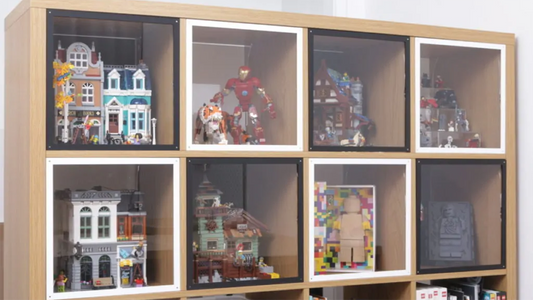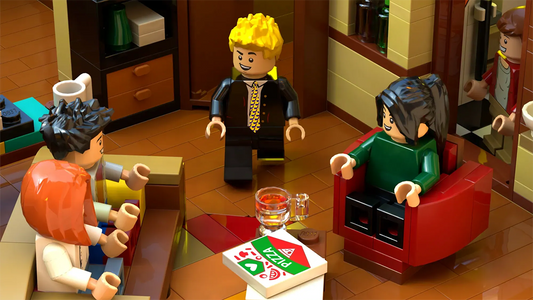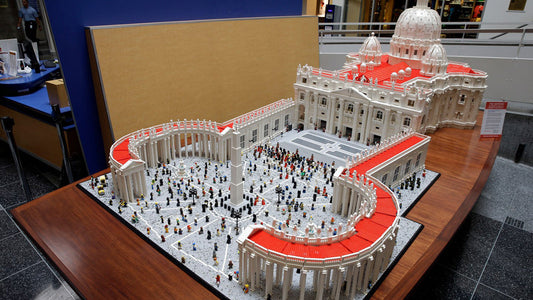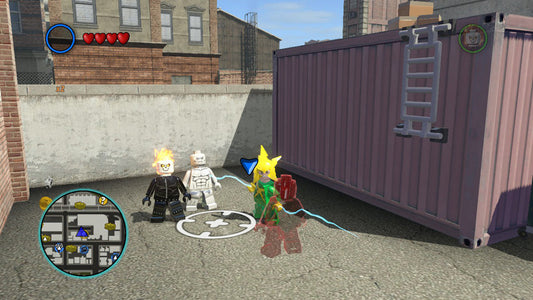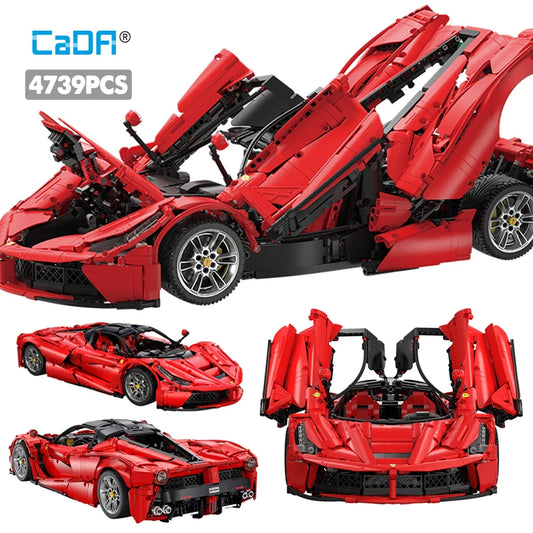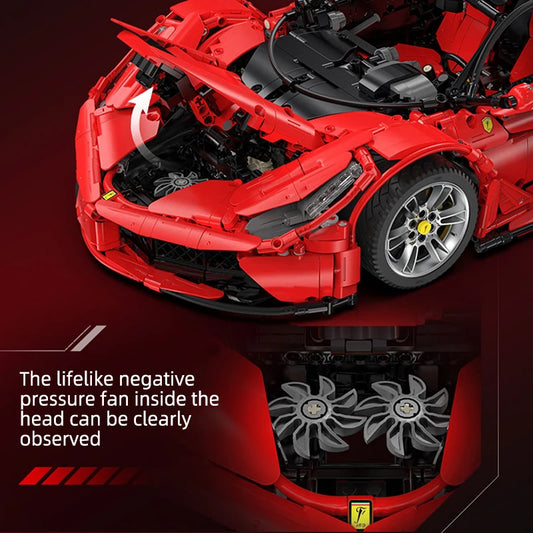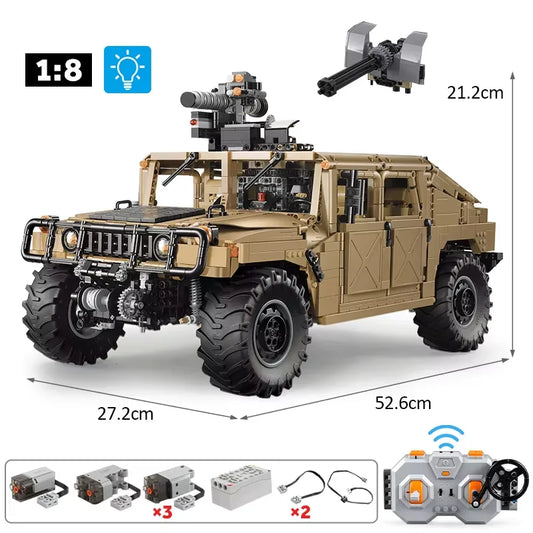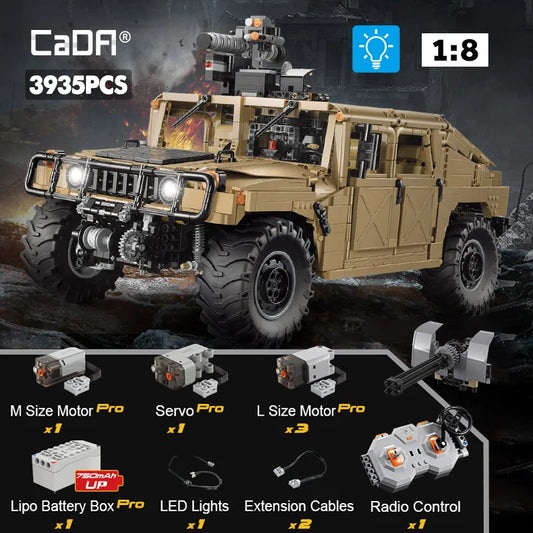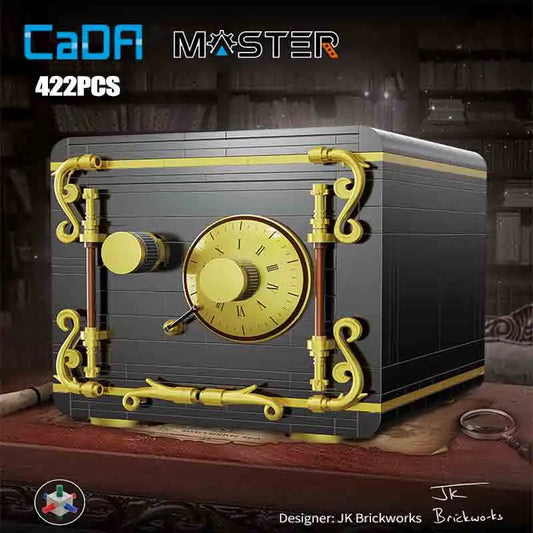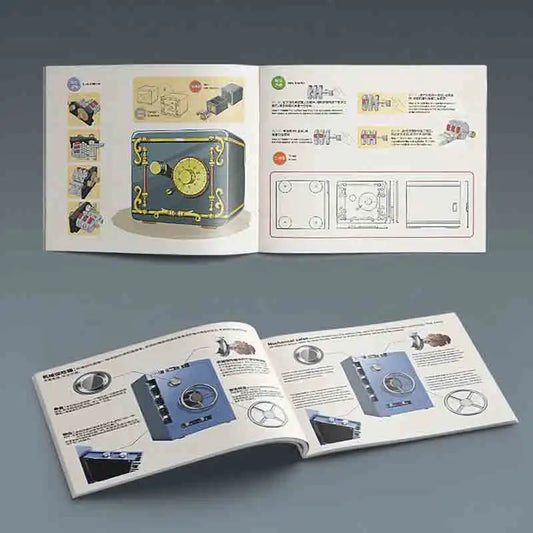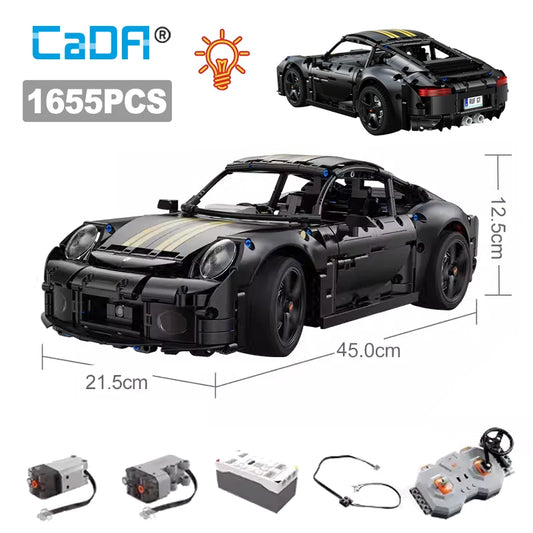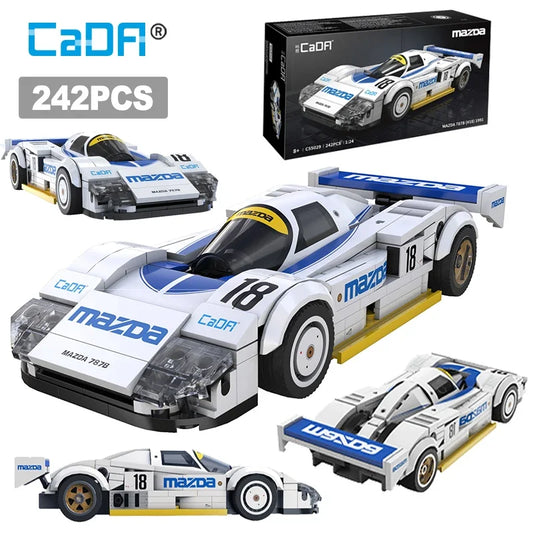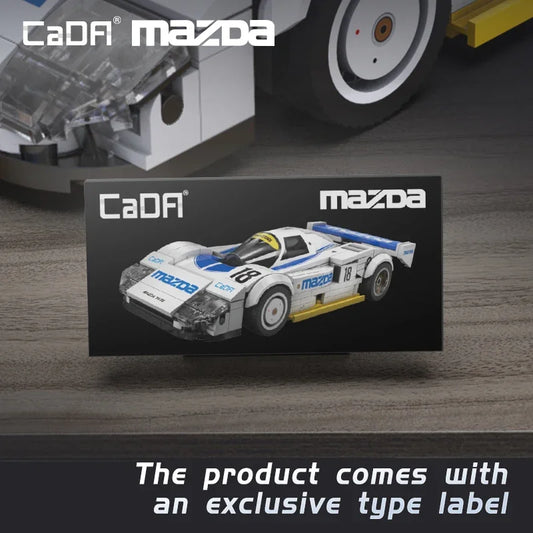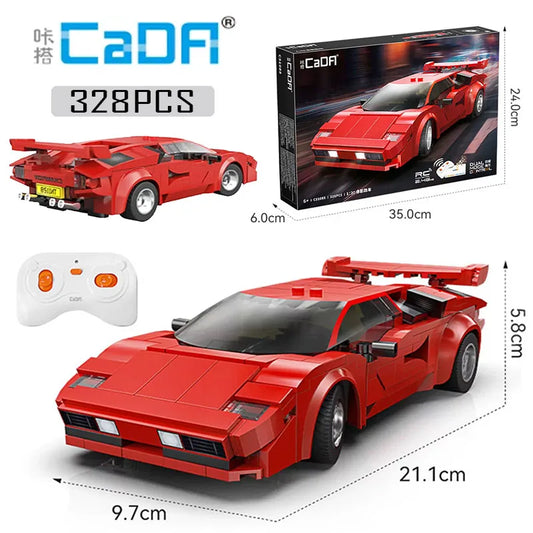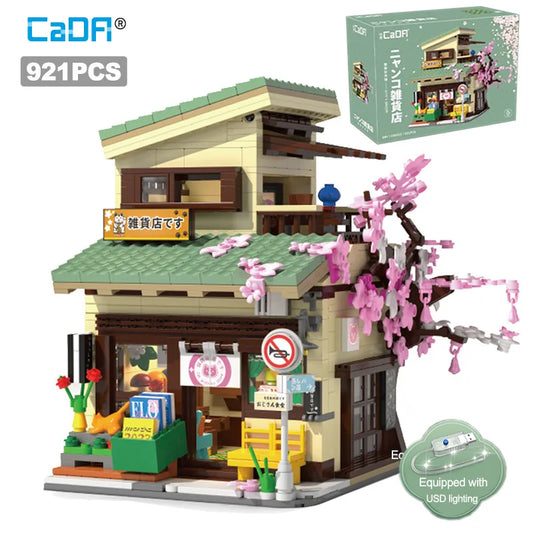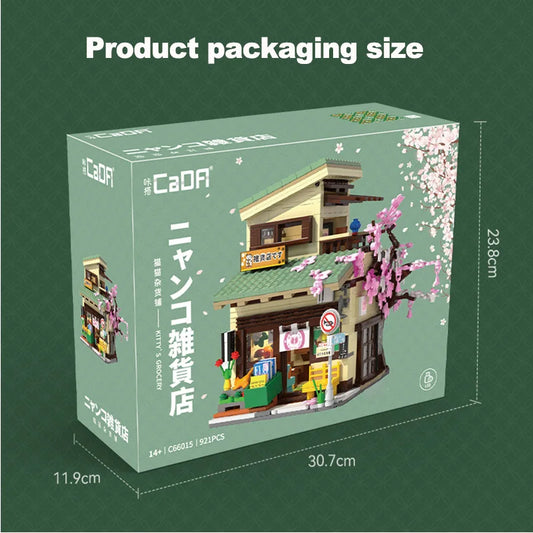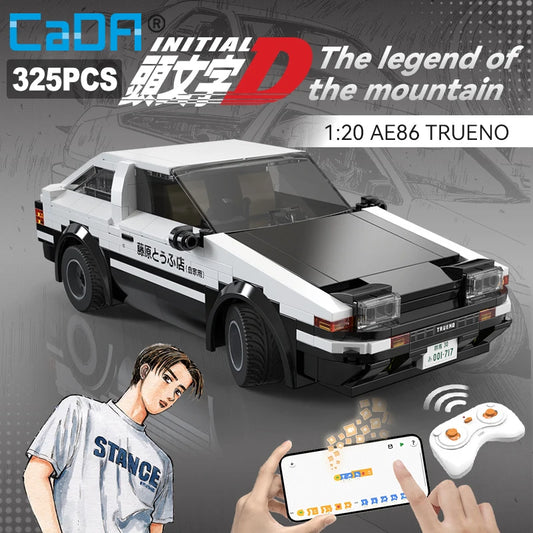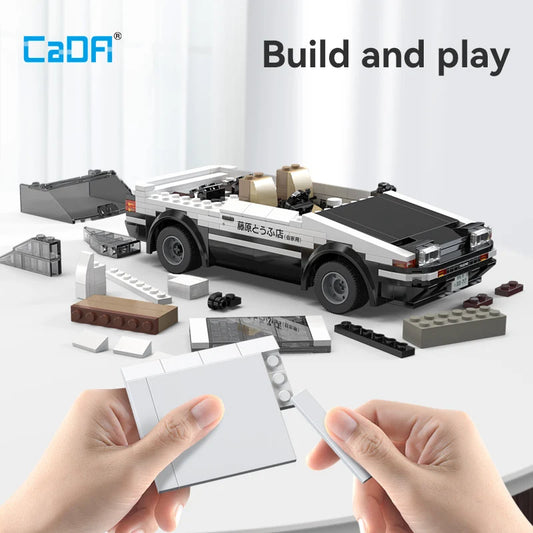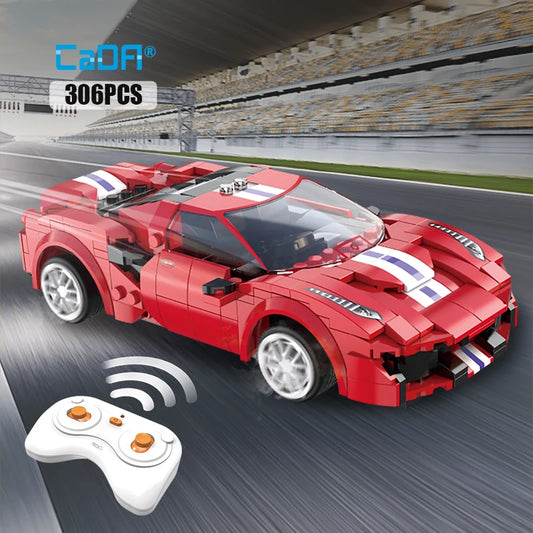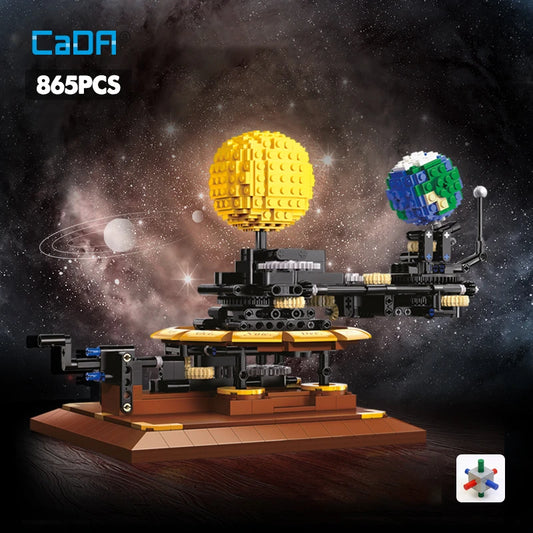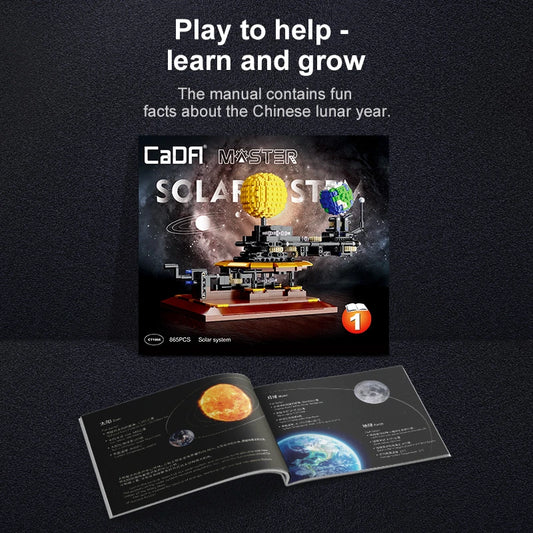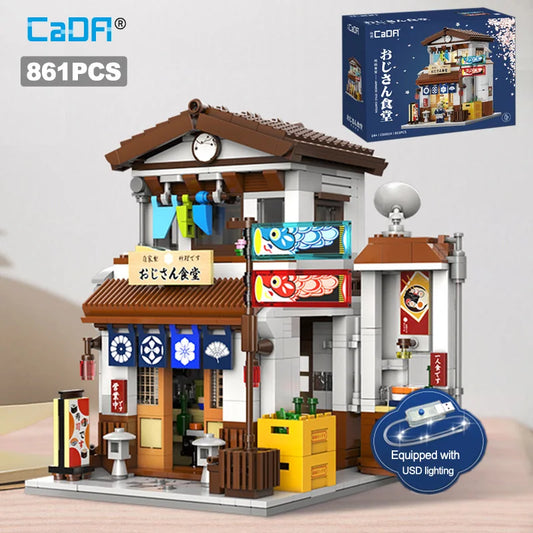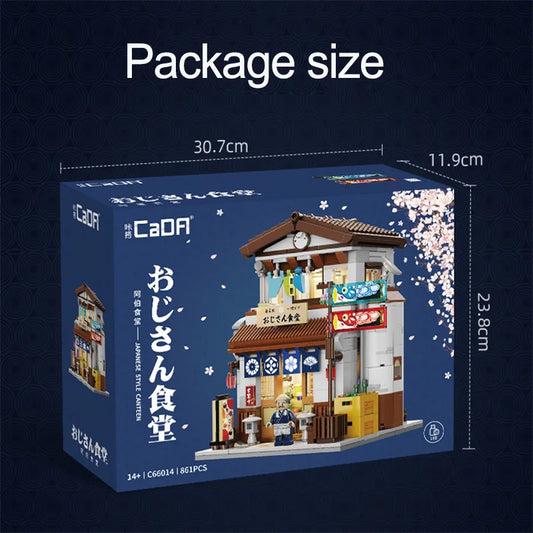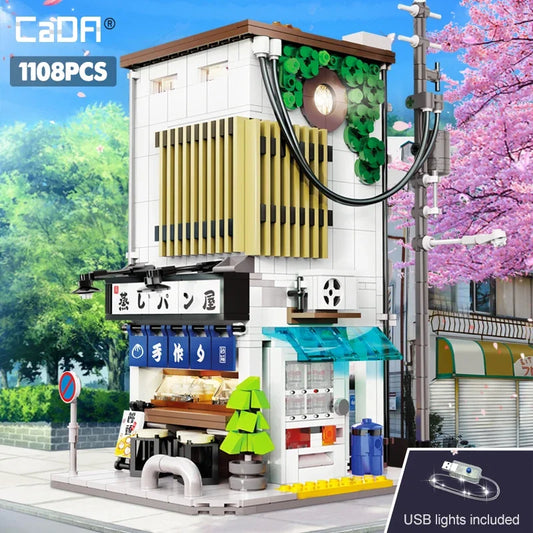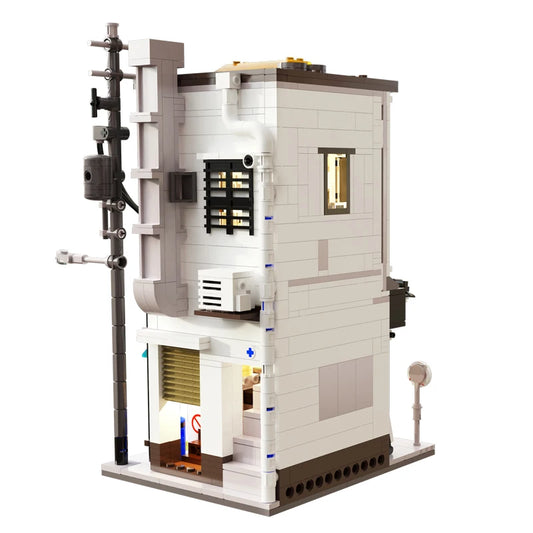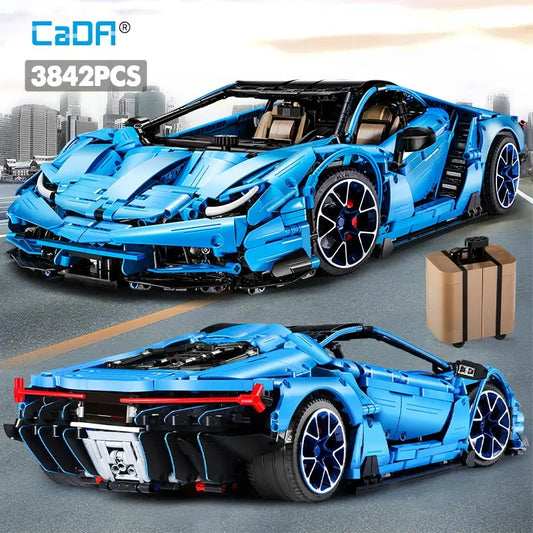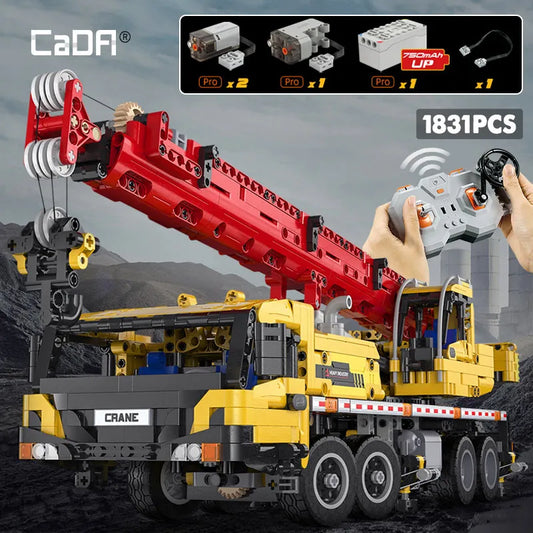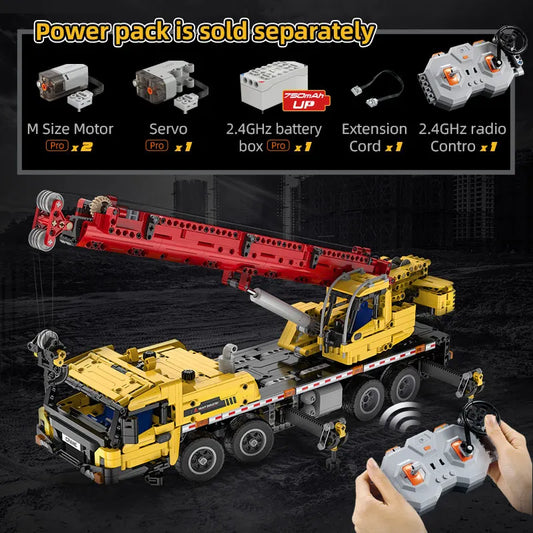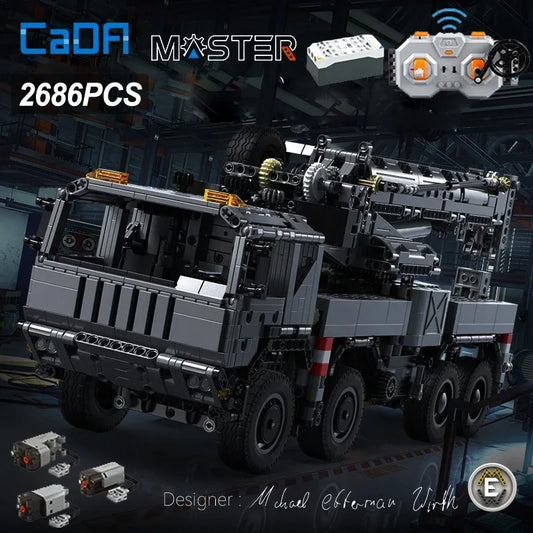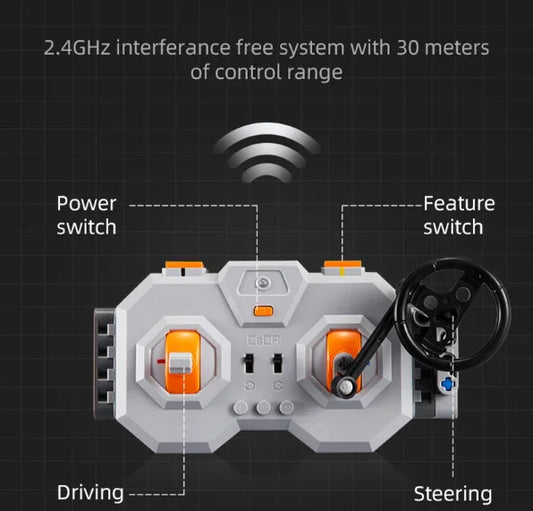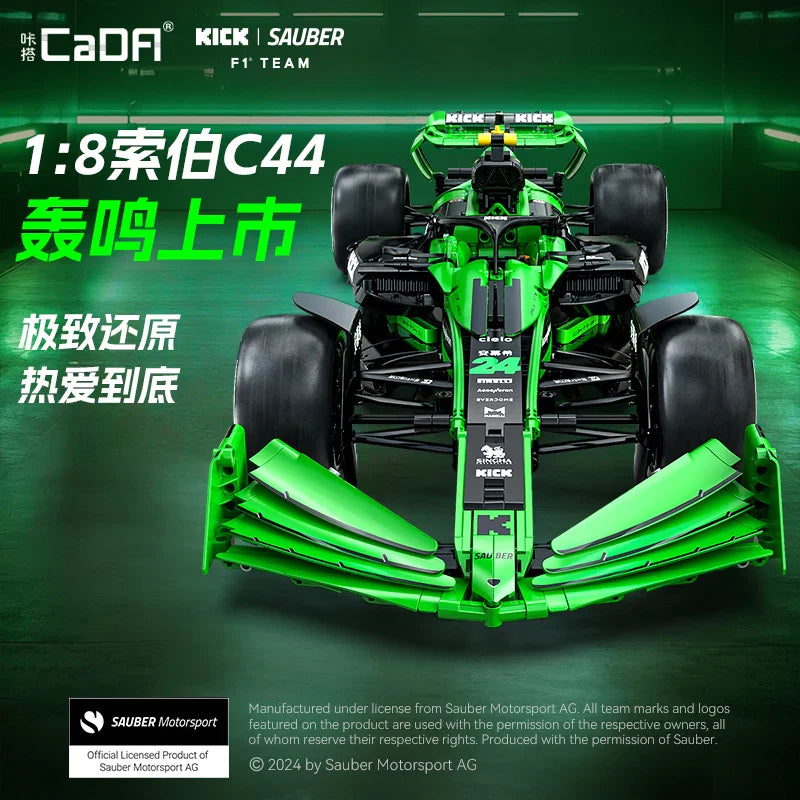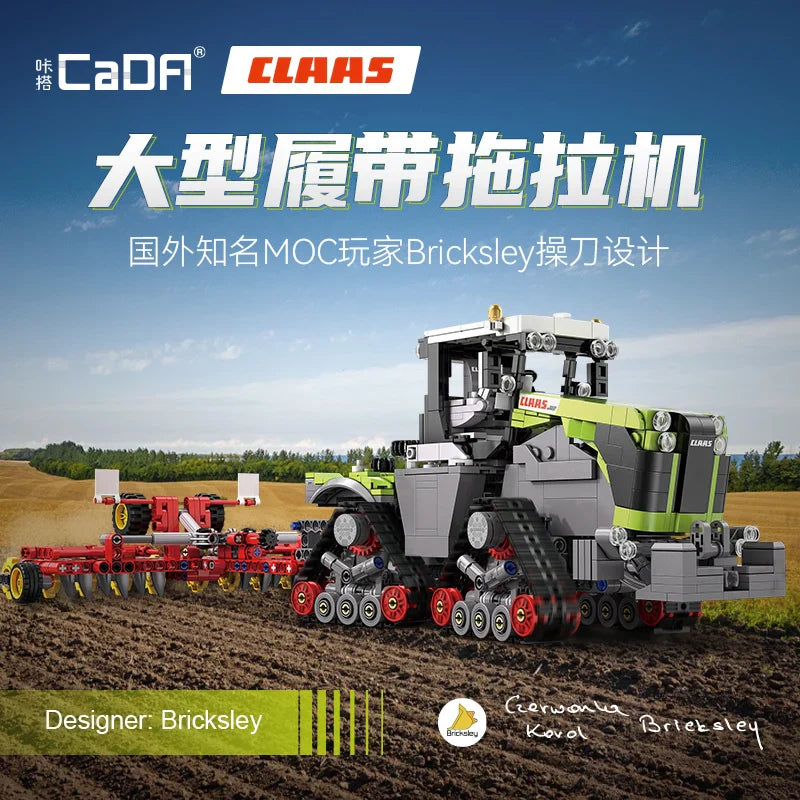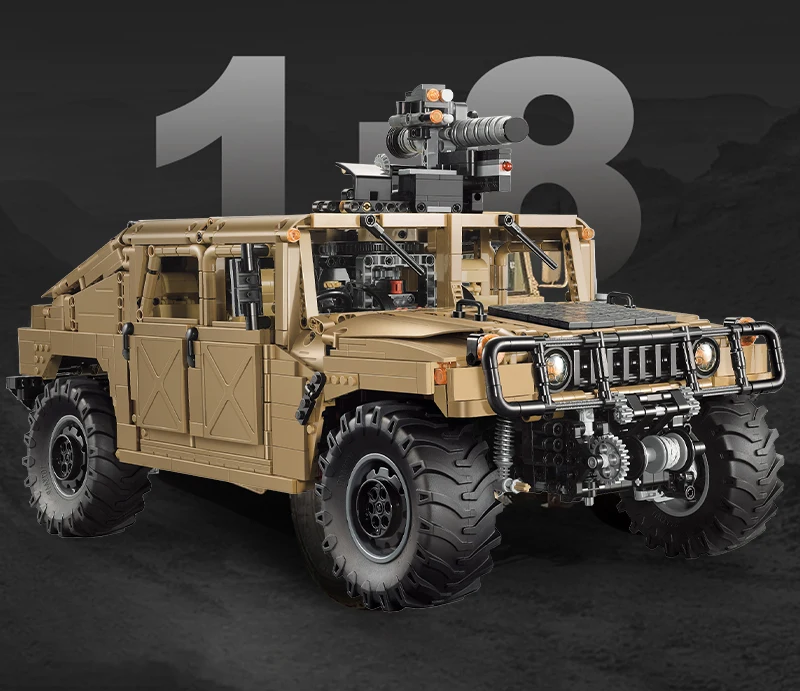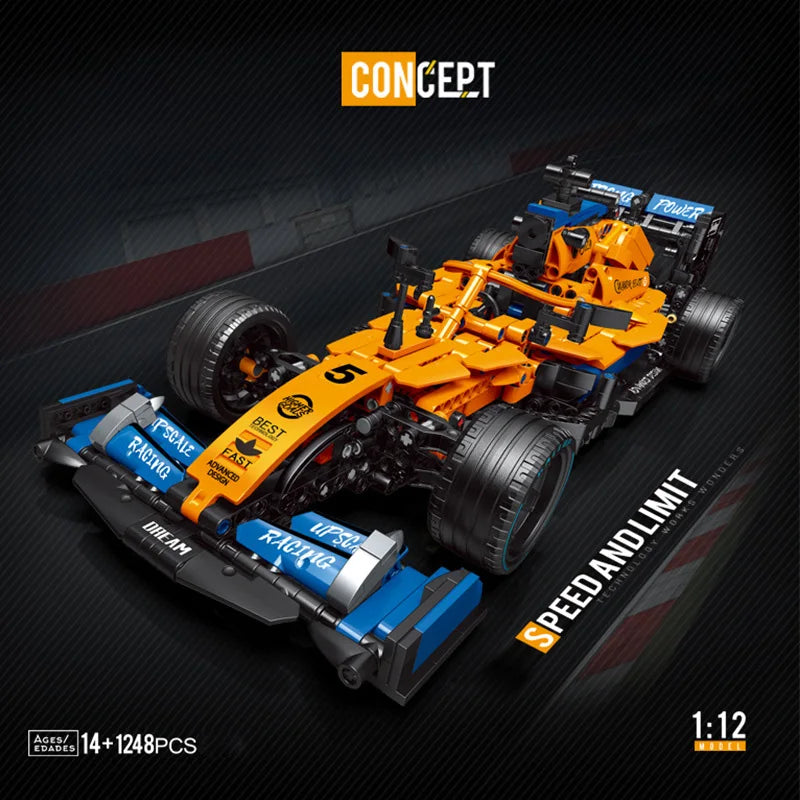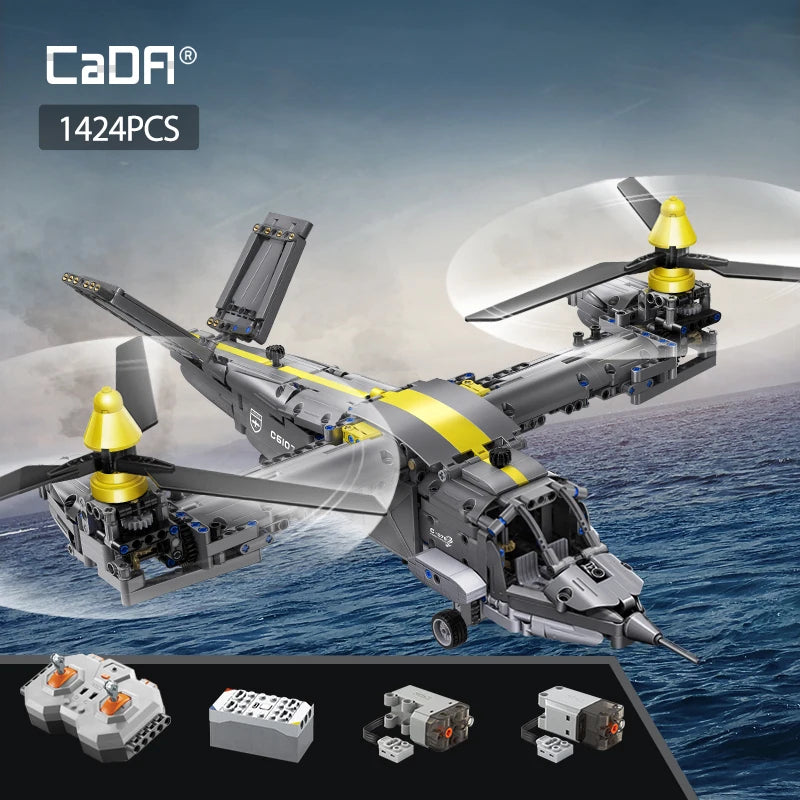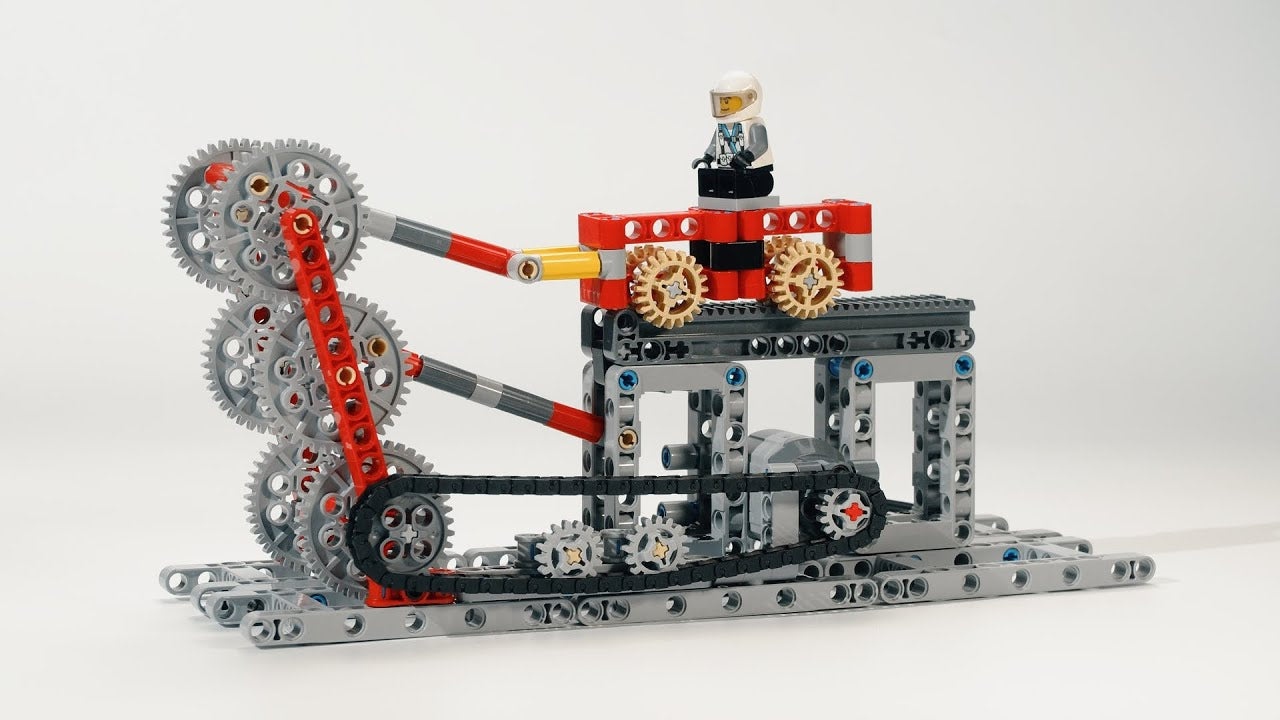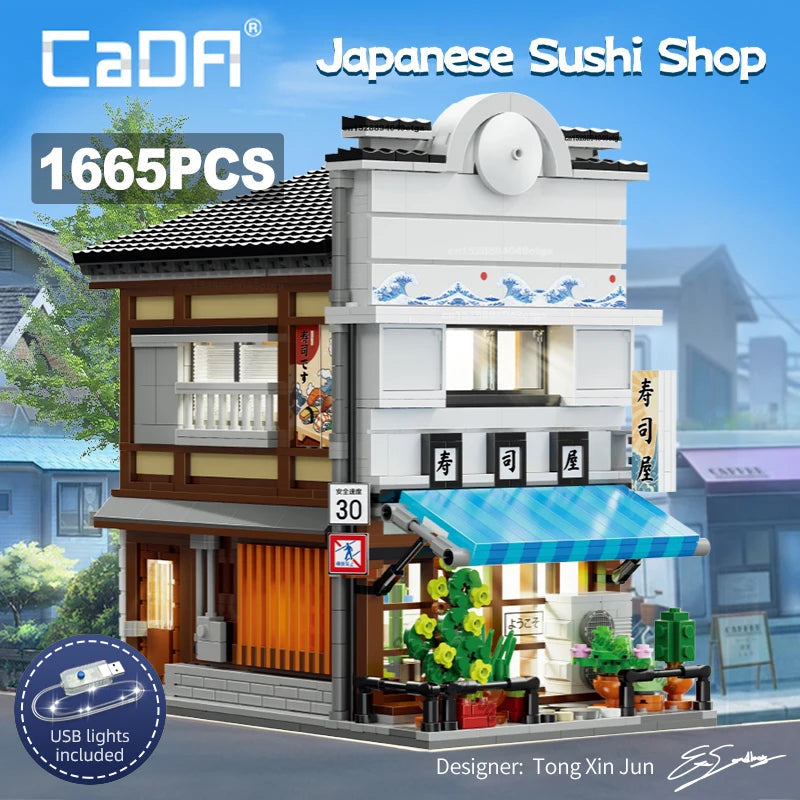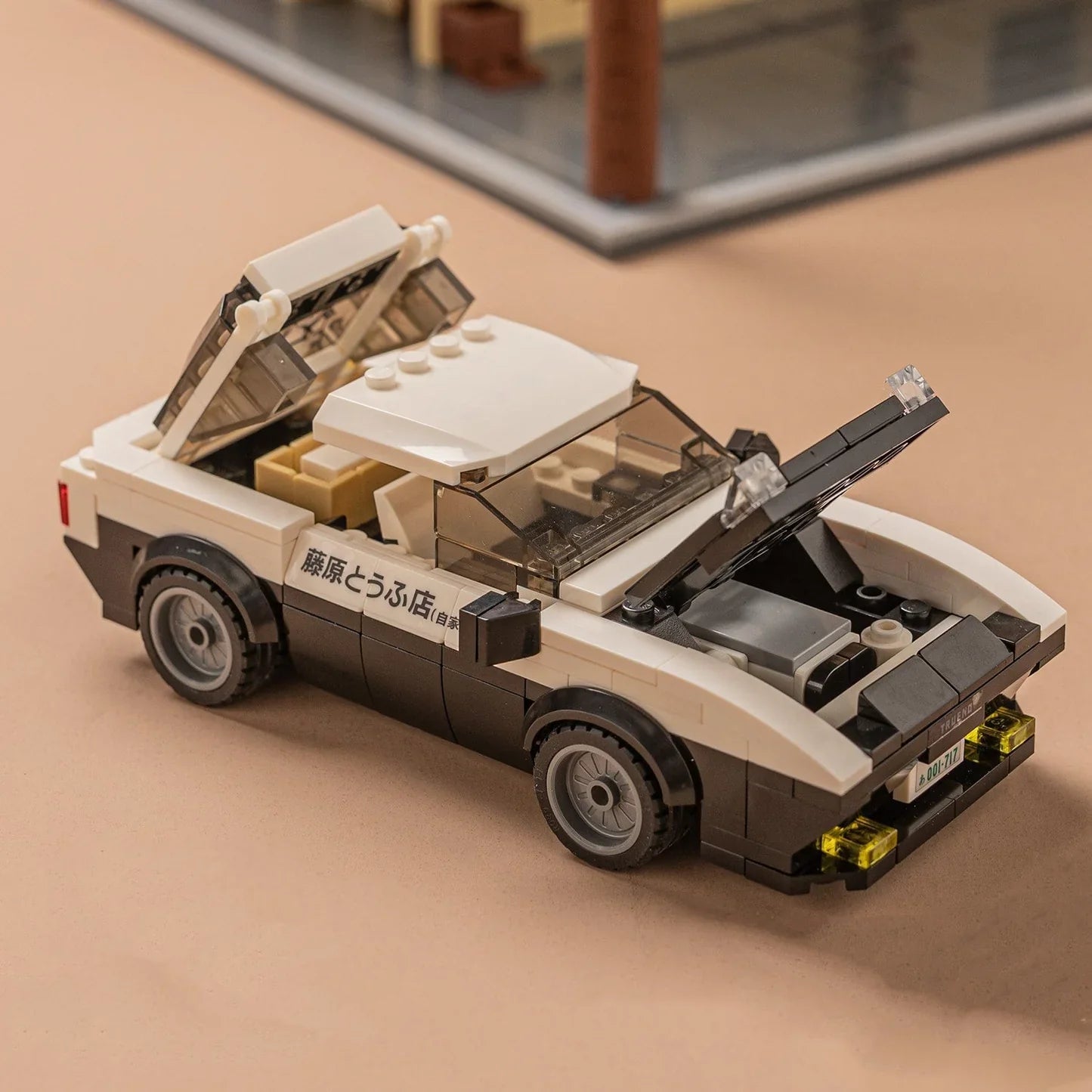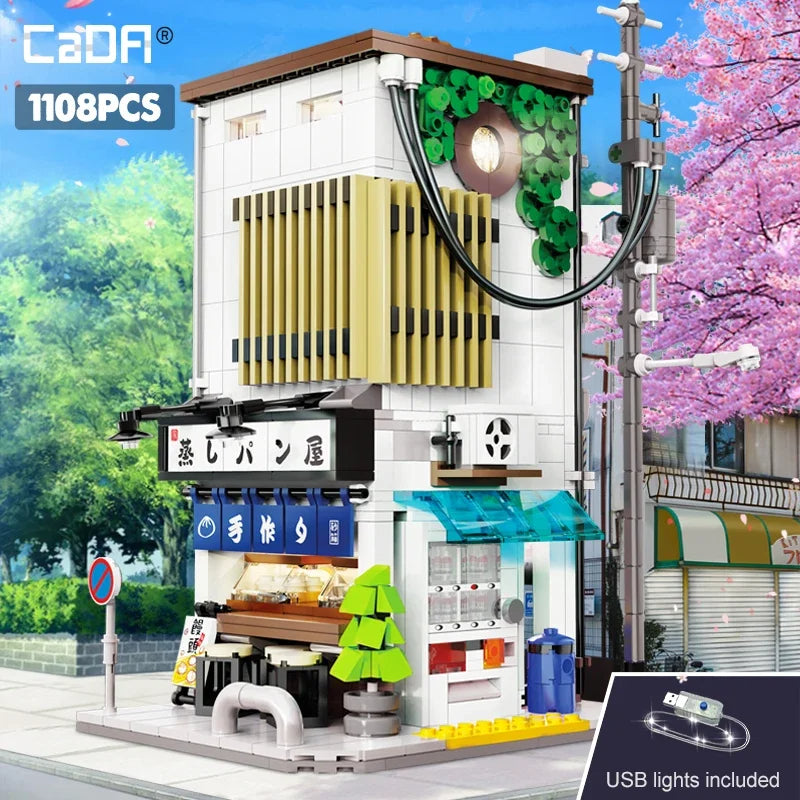How To Build a LEGO Transformer 2025

Share
As a passionate LEGO builder and experienced creative reporter, one of the intriguing challenges I often encounter is: how to build a LEGO Transformer. Capturing the iconic robot-to-vehicle transformation within the brick-based world blends complex mechanical engineering with imaginative artistry. Whether you aim to recreate legendary Transformers like Optimus Prime or Bumblebee or develop entirely original transforming robots, the process demands a thoughtful approach to design, stability, articulation, and aesthetics.
In this comprehensive, authoritative guide, I’ll walk you through the essential steps and best practices for building your own LEGO Transformer. Drawing on expert techniques, detailed engineering principles, and community-proven strategies, this article covers everything from initial planning, parts selection, modular construction, transformation mechanics, to refining stability and finishing touches. I aim to equip you with deep insights to tackle this creative yet demanding endeavor confidently, ensuring your LEGO Transformer builds not only transform smoothly but also stand out visually and structurally, whether for display or play.
CADA BRICKS® Best Sellers - SHOP NOW
Understanding the Landscape: What Is a LEGO Transformer?
Defining a LEGO Transformer
A LEGO Transformer is a model designed to switch between two or more distinct forms—typically a robot mode and a vehicle mode—much like the famous toy and media franchise. This involves intricate articulation and hinge mechanisms that allow parts of the creation to fold, rotate, and lock into place as the model shifts.
Core Design Challenges
Building a successful LEGO Transformer involves overcoming several key challenges:
- Mechanical Complexity: Crafting stable joints and hinges that enable reliable transformation without parts detaching.
- Dual-Mode Aesthetics: Ensuring that the model looks unified, recognizable, and coherent both as a robot and a vehicle.
- Structural Stability: Building a sturdy model that can hold poses and roll or stand without collapsing.
- Scale and Proportion: Balancing size to allow flexibility in transformation mechanics, detailed visual impact, and playability.
CADA BRICKS® Supercars - SHOP NOW
CADA BRICKS® Best Sellers | CADA BRICKS® Supercars & Racing Cars | CADA BRICKS® Trucks & Construction | CADA BRICKS® Military & Weapons | CADA BRICKS® Initial D
Step 1: Planning Your LEGO Transformer Build
Clarify Your Concept and Purpose
Decide early whether you want to:
- Recreate an existing Transformer character such as Optimus Prime, Bumblebee, or Megatron, using official references or custom fan designs.
- Invent an entirely original Transformer with unique transformation characteristics and style.
- Choose the type of vehicle your Transformer will become—a truck, car, plane, or even spaceship—as this heavily informs build proportions and hinges placement.
Gather Reference Materials and Inspiration
- Watch videos and images of official Transformers toys or animated series to understand transformation sequences and morphing techniques.
- Explore fan-made LEGO Transformer builds shared online for methods and inspiration.
- If referencing official LEGO Transformer sets like LEGO Optimus Prime set 10302, study their mechanisms and design choices.
Step 2: Selecting Essential LEGO Pieces
Prioritize Articulation and Strength
To enable effective transformation, you need a variety of LEGO pieces that provide strong, smooth articulation:
- Hinges and Ball Joints: For flexible rotation and folding of limbs and parts.
- Technic Pins and Axles: To create robust and enduring mechanical joints essential for the complex movements.
- Turntables and Swivels: For seamless rotational segments in vehicle parts.
- Clips, Bars, and Connectors: Essential for locking parts into place and enhancing modular assembly.
Aesthetics and Shape
- Slope Bricks and Curved Elements: Smooth out vehicle contours and hide joint seams.
- Tiles and Plates: Cover structural gaps and give a clean look in both modes.
- Specialty Pieces (e.g., printed tiles, transparent bricks): Add details that enhance realism.
Color Coordination
Select bricks that visually unify your Transformer in both modes, taking care to harmonize colors so one mode doesn’t appear disjointed from the other.
CADA BRICKS® City Landmarks - SHOP NOW
CADA BRICKS® Licensed Cars | CADA BRICKS® Classic Cars | CADA BRICKS® Motorcycles & Bikes | CADA BRICKS® Off-Road & 4x4 | CADA BRICKS® Emergency Vehicles
Step 3: Building with a Modular Approach
Break the Model Into Functional Sections
Divide your Transformer into major modules to simplify complexity:
- Legs: Usually transform into vehicle rear parts or wheel assemblies.
- Arms: Often fold into side panels or doors.
- Torso/Chest: The central structural core, often housing cockpit or engine areas.
- Head: Typically retracts or folds into the torso or vehicle hood.
- Vehicle Base and Wheels: Should fit securely and lock in each mode.
Advantages of Modular Construction
- Isolate and test each module’s transformation independently.
- Quickly identify problem areas without dismantling the entire build.
- Easier to swap or modify individual sections to improve fit or aesthetics.
Testing Modules Frequently
After building modules, test their movement range, locking mechanisms, and impact on overall balance before integration.
CADA BRICKS® Technic Sets - SHOP NOW
CADA BRICKS® Japanese Street | CADA BRICKS® City & Landmark | CADA BRICKS® Science & Educational | CADA BRICKS® Technic | CADA BRICKS® Modern Architecture
Step 4: Engineering Smooth Transformation Mechanics
Prioritize Functional Movement
- Use hinges that allow at least a 90-degree rotation or more to enable the full sweep of transformations.
- Design overlapping parts to slide or fold neatly without jamming.
- Employ clips and bars to lock limbs or panels in place firmly for stability in either mode.
Anticipate Build Conflicts
- Regularly transform between robot and vehicle modes during building.
- Look out for parts that collide or block other movements.
- Adjust length, width, and joint placement accordingly to ensure smooth motion.
Consider Symmetry and Balance
- Symmetrical limbs and balanced weight distribution help the figure stand firmly in robot mode.
- Ensure wheels are evenly aligned and secured for smooth rolling in vehicle mode.
Step 5: Refining Functionality and Visual Appeal
Achieving Seamless Mode Changes
- Use curved bricks and tiles to conceal joints and give flowing shapes that look natural in both robot and vehicle forms.
- Fit gaps with flat tiles and plates to maintain a clean finish.
Improving Stability and Durability
- Reinforce joints and hinges with additional bricks to prevent looseness.
- Aim for balanced weight to prevent the Transformer from tipping over in robot mode.
- Test for durability by repeatedly transforming the model and tightening or adding supports as needed.
Detailing and Character Accuracy
- Add stickers, custom printed bricks, or small accessories to boost likeness to your Transformer inspiration.
- Incorporate lights or transparent bricks to simulate headlights or glowing effects.
- Use color-blocking techniques for visual coherence.
Step 6: Adding Final Touches and Accessories
Optional Weaponry and Features
- Integrate swords, guns, shields, or other accessories that can be attached and transformed seamlessly.
- Add articulation points on weapons for poseability or storage during transformation.
Display and Play Considerations
- Build a display base or stand for your Transformer, allowing it to be featured in robot mode.
- Consider scale alignment with standard LEGO minifigures if you want displayed scenes.
CADA BRICKS® Display & Collectibles - SHOP NOW
CADA BRICKS® Castle Building Blocks | CADA BRICKS® City Building | CADA BRICKS® Remote Control | CADA BRICKS® Display & Collectibles | CADA BRICKS® Anime & Pop Culture
Tips and Expert Advice for LEGO Transformer Builders
Patience and Iteration
Expect multiple rebuilding passes—transformation builds rarely succeed perfectly on the first try. Approach with patience and methodical adjustments.
Learn From Existing LEGO Transformer Sets
Official sets like LEGO Optimus Prime (10302) contain valuable engineering lessons in modularity, joint locking, and aesthetics.
Record Your Progress
Photograph stages for reference and troubleshooting transformation steps.
Experiment Creatively
Don’t hesitate to try non-traditional vehicle forms or unique robot designs—innovation often leads to the most satisfying builds.
Community and Resources to Support Your Build
- Online forums and subreddits (e.g., r/lego, r/transformers) showcase completed LEGO Transformer builds and tips.
- YouTube build tutorials from experienced builders like StudentScissors or Alan Yap offer step-by-step guidance.
- LEGO digital design tools like LEGO Digital Designer or Studio 2.0 help prototype transformation mechanics digitally.
- Third-party parts suppliers can provide specialty bricks or custom decals to refine your model.
CADA BRICKS® Remote Control Sets - SHOP NOW
CADA BRICKS® Mechanical Engineering Building Blocks | CADA BRICKS® Kids Building Blocks | CADA BRICKS® Teens Building Blocks | CADA BRICKS® Adult Building Blocks
Conclusion: Mastering the Art of LEGO Transformers
Building a LEGO Transformer merges the worlds of mechanical engineering and creative storytelling, challenging builders to think in multiple dimensions. From conceptualization to final assembly, the process involves detailed planning, selection of articulation-friendly parts, modular construction, and fine-tuning of mechanics and aesthetics.
With patience, research, and practice, you’ll transform your bricks into dynamic, functional robots that can confidently shift between modes. Leveraging expert tips and learning from official sets while adding your creative flair will let you master this exciting genre of LEGO building.
This deeply researched and authoritative guide offers LEGO fans at all levels the knowledge and inspiration needed to create impressive, smoothly transforming LEGO Transformers that are both visually captivating and mechanically sound—true tributes to one of the most beloved toy concepts ever.
If you’re ready to take on the challenge, gather your bricks, draft your sketch, and start building your very own LEGO Transformer—where imagination and engineering unite!









